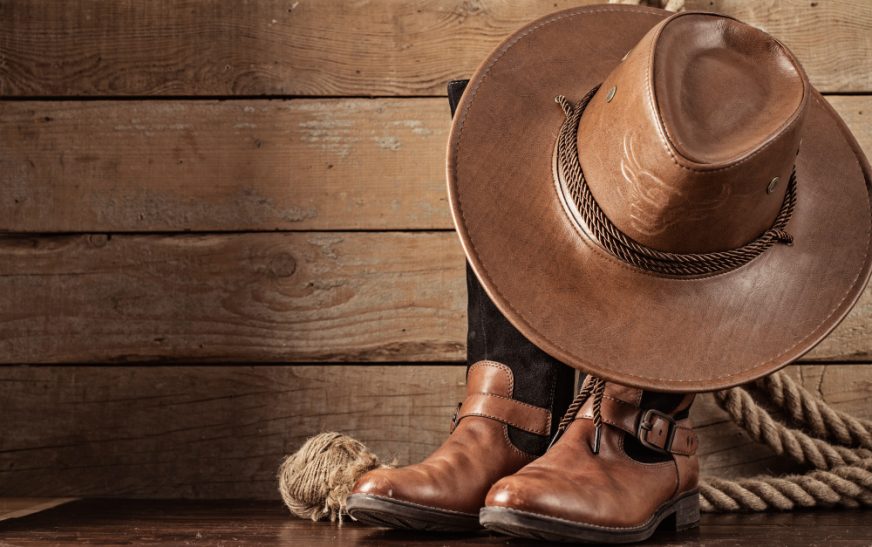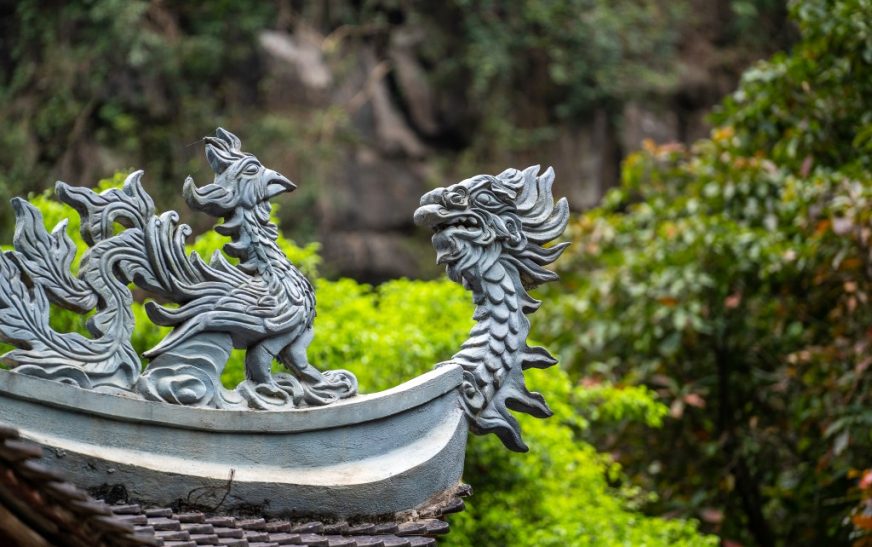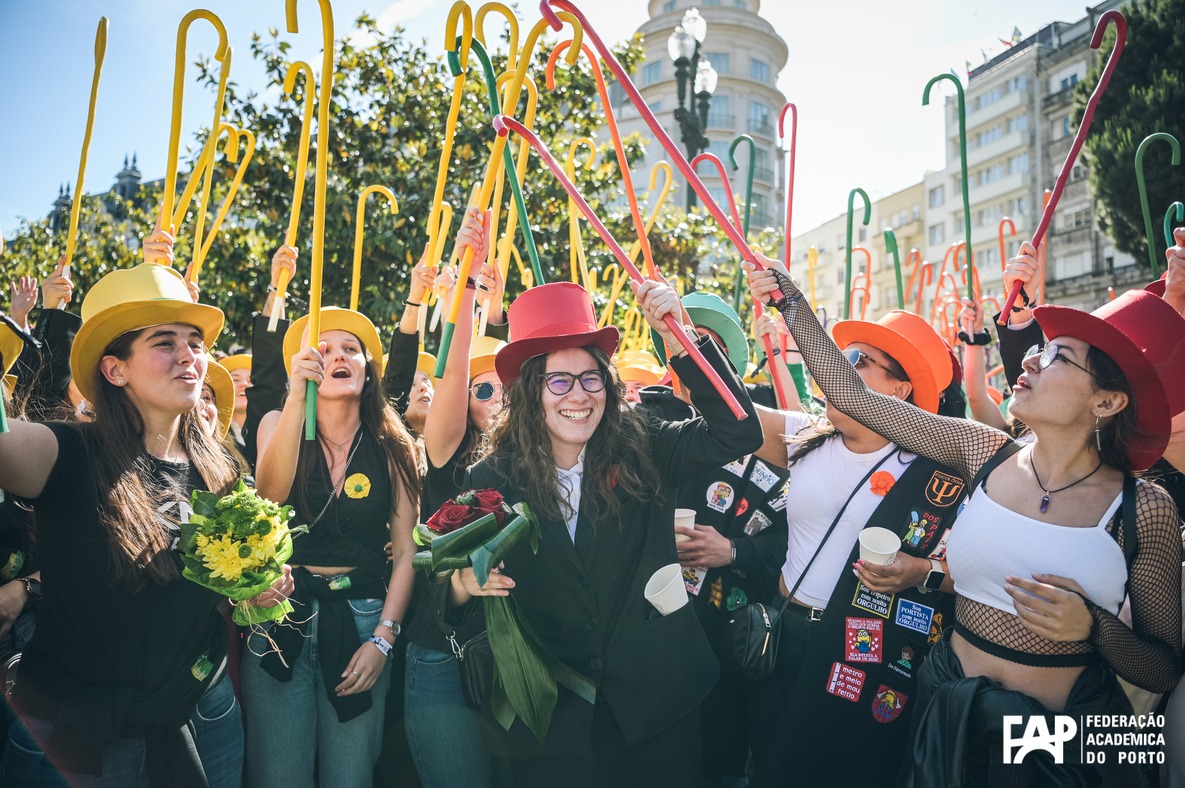The cowboy lifestyle is more than just boots, hats, and horseback riding — it’s a deep-rooted culture born of grit, freedom, and frontier spirit. Whether you’re planning your next adventure, seeking a digital detox, or just curious about life on the range, this ultimate guide will walk you through everything you need to know for a truly authentic cowboy experience.
From ranch vacations to cattle drives and cowboy cuisine, we’ll help you saddle up and ride into a world that celebrates the Old West and keeps its traditions alive.
The History and Heritage of the Cowboy
The cowboy as we know it today traces back to the 18th-century vaqueros of Mexico — skilled horsemen who worked on cattle ranches. As ranching culture spread into the American West, these practices evolved. Cowboys became central to cattle drives, herding thousands of cattle across rugged terrains to market.
By the late 1800s, the cowboy had become a symbol of American rugged individualism and self-reliance. Hollywood later turned them into legends — think John Wayne, Clint Eastwood, and the Marlboro Man — but the real-life cowboy still exists, working tirelessly on ranches and embracing a life close to nature.
What Makes a Cowboy Experience Authentic?
If you’re looking for the real deal, skip the gimmicks and head straight to the working ranches and Western heritage towns. An authentic cowboy experience typically includes:
- Horseback riding and trail riding
- Cattle herding or branding (seasonal)
- Campfire cooking and rustic lodging
- Learning cowboy skills like roping or saddling
- Immersive storytelling and historical context
It’s about participating, not spectating. Whether you’re mending fences, gathering cattle, or helping with ranch chores, the experience should challenge you physically and mentally — in the best way possible.
Best Places to Live the Cowboy Life
Want to know where to go to get your cowboy boots dirty? Here are top destinations for the ultimate Western immersion:
Wyoming
Home to Jackson Hole and Dude Ranches galore, Wyoming offers wide-open spaces, real working ranches, and national parks like Yellowstone for horseback adventures.
Montana
Known as “Big Sky Country,” Montana is perfect for multi-day cattle drives and authentic ranch living with stunning mountain backdrops.
Texas
From Fort Worth to Bandera (the “Cowboy Capital of the World”), Texas blends deep cowboy traditions with modern comforts.
Colorado
Stay at luxury guest ranches or take part in authentic cattle roundups in places like Steamboat Springs and Durango.
Arizona & New Mexico
The Southwest’s desert terrain adds a unique twist to the cowboy experience, complete with Native American influence and Old West ghost towns.
What to Expect at a Dude Ranch
A dude ranch — also called a guest ranch — is a destination that allows travelers to experience Western life firsthand. Ranches vary from luxury escapes to working ranches, but most offer a core mix of activities:
- Daily horseback riding (with training for beginners)
- Hiking, fishing, and outdoor activities
- Evening entertainment: music, line dancing, or rodeo shows
- Ranch-style meals and communal dining
- Workshops: roping, blacksmithing, or leather crafting
Accommodations can range from rustic cabins to upscale lodges with spas and gourmet meals. Whether you’re a family with kids or a solo traveler looking to disconnect, there’s a ranch for you.
Dress the Part: What to Wear on a Cowboy Adventure
Authenticity counts, but comfort and practicality matter even more. Here’s your essential cowboy outfit checklist:
- Western boots: Leather boots with a heel to help you stay in stirrups.
- Jeans: Durable and comfy. Wrangler and Levi’s are cowboy classics.
- Long-sleeve shirts: Plaid or denim — great for sun protection and style.
- Hat: A good cowboy hat keeps the sun off and completes the look.
- Bandana or neckerchief: Protects your neck from dust and sun.
- Leather gloves: Ideal for roping, riding, or working.
Many ranches offer gear rental, but bringing your own well-broken-in boots can save your feet a lot of pain!
Cowboy Cuisine: What’s Cookin’ on the Range?
Cowboy meals are hearty, simple, and packed with flavor. Imagine sitting by a campfire, plate in hand, while the stars light up the wide Western sky. Expect:
- Chuckwagon-style cooking: One-pot meals cooked over an open flame.
- Barbecue and smoked meats: Brisket, ribs, and sausage.
- Biscuits and gravy: A breakfast staple.
- Beans, cornbread, and chili: Classic trail food.
- Dutch oven desserts: Cobblers, pies, and bread pudding.
Most ranches cater to dietary preferences today, but the experience is rooted in tradition: simple, local, and made with love.
Cowboy Culture: Music, Rodeos, and Legends
No cowboy experience is complete without soaking in the culture. Western traditions come alive through folk music, cowboy poetry, and rodeo events.
- Rodeos: Check out pro or amateur events for bull riding, barrel racing, and bronco busting. Cheyenne Frontier Days and Houston Livestock Show are iconic.
- Country music: From classic legends like Willie Nelson to modern stars like Cody Johnson, the cowboy life has a soundtrack.
- Western museums and historical sites: Learn about the American frontier at museums like the National Cowboy & Western Heritage Museum (Oklahoma).
Take time to sit around the fire and hear stories passed down for generations. Cowboys are master storytellers — and every scar has a tale.
Conclusion
The cowboy experience offers more than just photo ops or nostalgia — it’s a transformative journey into a lifestyle that values resilience, independence, and connection to the land. Whether you’re riding the open plains, sitting by a fire, or sharing stories with ranchers, you’ll find that the cowboy spirit is alive and thriving.
So go ahead, saddle up. There’s a whole world waiting — and it’s more real than you ever imagined.
FAQs
1. Do I need horseback riding experience to enjoy a cowboy vacation?
Nope! Most dude ranches cater to all skill levels and offer lessons and gentle horses for beginners. Safety is a top priority, and experienced wranglers guide every ride.
2. What’s the difference between a dude ranch and a working ranch?
Dude ranches are designed for guests and often offer luxury touches. Working ranches focus more on daily ranch operations, and guests often take part in real labor like herding cattle or fixing fences.
3. Is it family-friendly?
Absolutely! Many ranches offer kid-specific programs, horseback rides, games, and nature activities. It’s a great way for kids to unplug and learn about nature and responsibility.
4. How long should I stay for a full experience?
A typical stay ranges from 3 to 7 days. If you want to really soak it in — including trail rides, cowboy skills, and cultural activities — plan for at least 5 days.
5. When is the best time to go?
Late spring through early fall (May to October) is ideal, as the weather is best for riding and ranch activities. Summer is peak season, but fall offers cooler temps and beautiful foliage.
Also read: Dragon Vietnam: The Symbol of Power, Culture, and Myth in Vietnamese History









